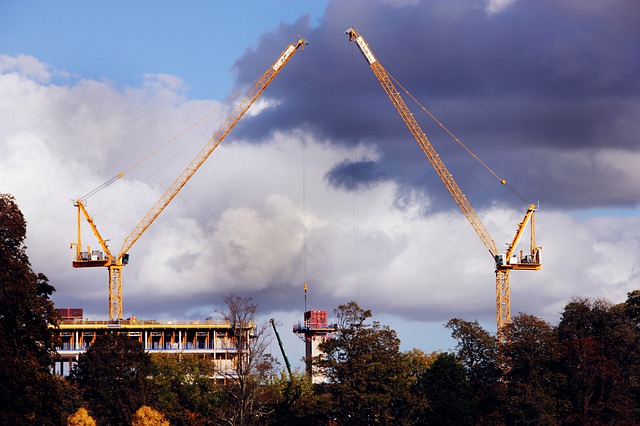A tower crane is an advanced balance crane that comprises of similar basic parts. The crane is attached to the ground using a concrete slab. Sometimes it is connected to the sides of the structures. Tower cranes are known for giving the ideal combination of lifting capacity and height and are often used for constructing buildings.
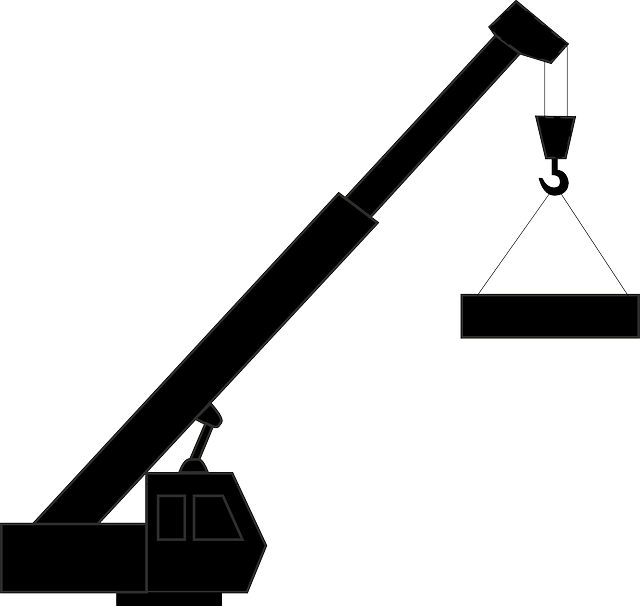
Then the base is connected to the mast, which gives the unit the height it requires. Moreover, the mast is connected to a gear and motor, which is also called the slewing unit. It allows the crane to rotate. The upper part of the slewing unit features three primary components: the operator’s cab, the shorter counter-jib, and the jib, which is also known as the working arm.
Types of Tower Cranes
- Luffing Tower Crane
This type of tower crane does not come with a trolley. Also, the hoist rope protrudes from the jib part. Typically, luffing tower cranes usually function in either sing or two falls on the cable. For the single version, the hoist is much faster as opposed to other crane types, which have to function in two falls at least. Because of the design, weight is moved from the jib efficiently than other crane types, which enhances higher lifting capacity.
These types of cranes are usually used in the cities where other types of cranes cannot operate because of the surrounding structures. Also, they are found in multi-crane areas because of being able to work around a smaller radius.
- A-frame Tower Crane
Apart from CBDs, you will probably see this type of tower crane in many other areas. The frame of the crane moves above the jib. It also has a pendant that stretches through the jib and counter jib.
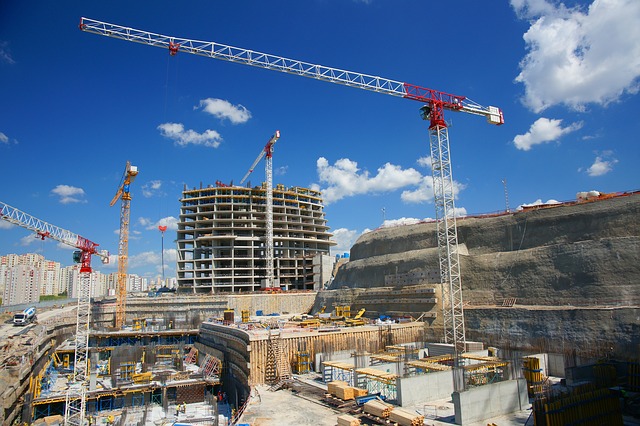
- Flat Top Tower Crane
Flat top tower cranes are perfect for multi-crane sites or worksites where there are strict height regulations such as airport flight paths. This crane does not have a frame, and so, it can slew over the jib safely. However, the jib itself is more significant to compensate for the lack of a frame.
- Self-Erecting Tower Crane
This can be described as a hybrid of a tower and mobile crane. It features outriggers the same way as a mobile crane. However, it cannot transport itself. The design of this crane type is quite simple because the entire unit is fitted into place, counterweights put on and outriggers set up. The unit sets up itself by using its hoist motor to unfold.
Parts of a Tower Crane
As aforementioned, tower cranes are used mostly in construction and other industry to move and hoist materials. There several types of cranes, like the ones discussed above. While there are various types of cranes, they all have common parts.
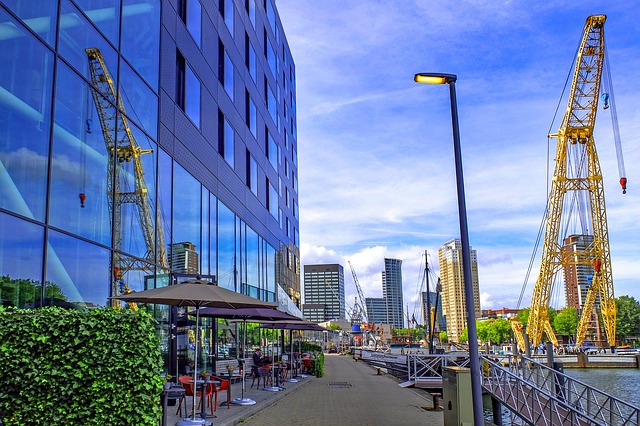
- Mast
This is the primary supporting structure of the crane. It comprises of steel parts that are fitted together.
- Slewing Unit
The slewing unit is at the top of the mast. It is the part that powers that allows the crane to rotate.
- Operating cabin
The operating cabin is attached above the slewing unit. It features anemometer, load-movement indicator system and operating controls
- Jib
Also known as the working arm, the jib stretches from the crane and can move up and down. On the other hand, a fixed jib features a rolling trolley.
- Counter jib
Hoist motor, hold counterweights, the electronics, and hoist drum.
- Hoist Winch
It comprises brakes, hoist rope, hoist drum, gearbox, motor, supporting parts like the platform, as well as the hoist motor controller. Most tower cranes feature transmissions at several speeds.
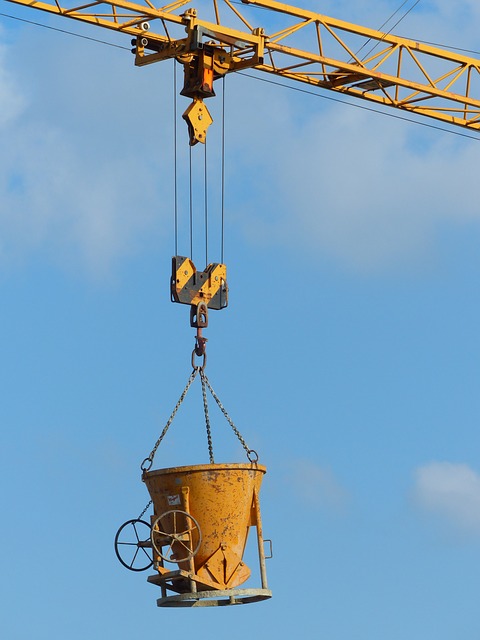
- Hook
The hook connects the crane to the material. It is attached from the hoist rope for luffing jib cranes.
- Weights
Counterweights are connected towards the rear of the counter-deck to balance the weight of the goods lifted.
